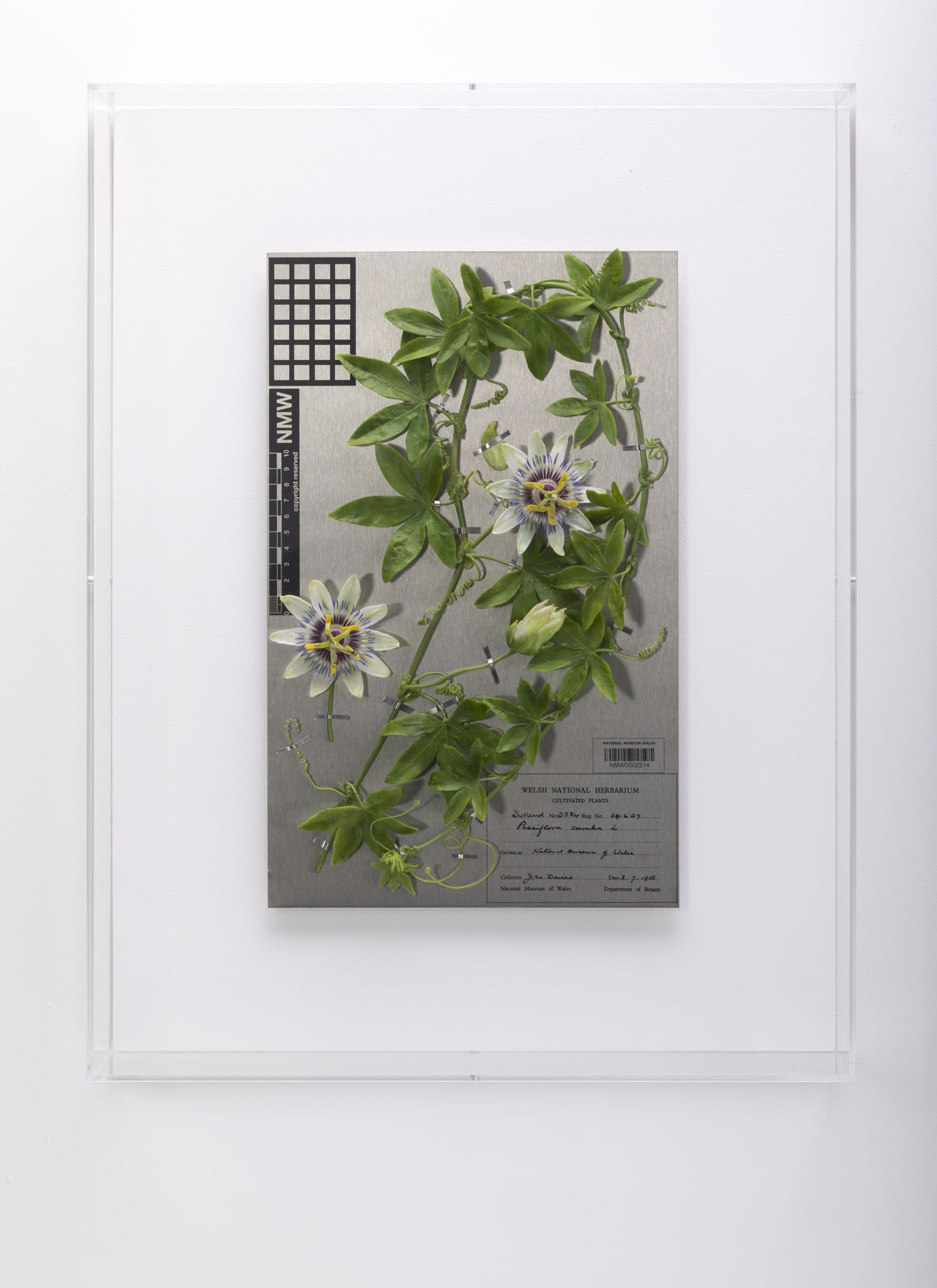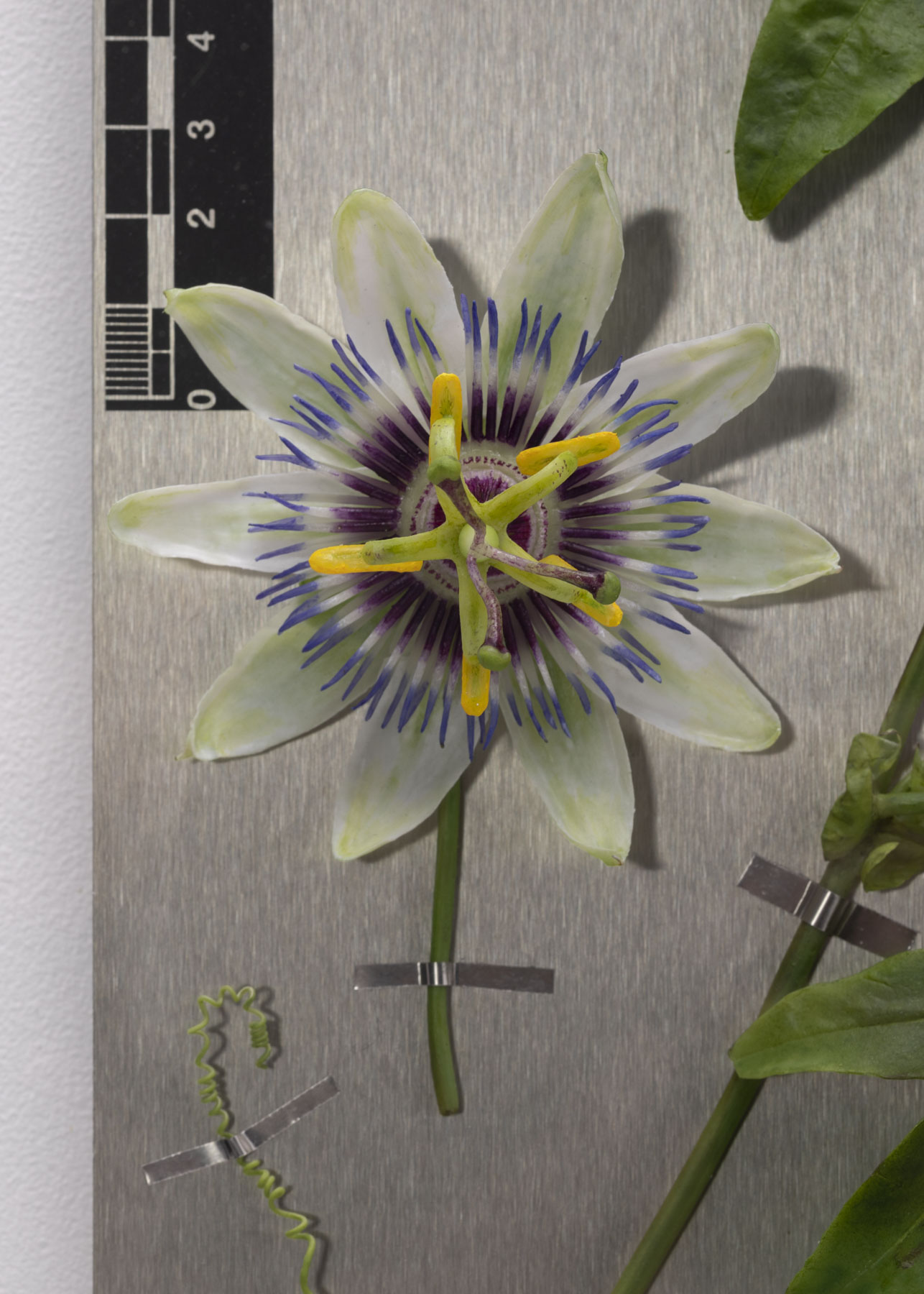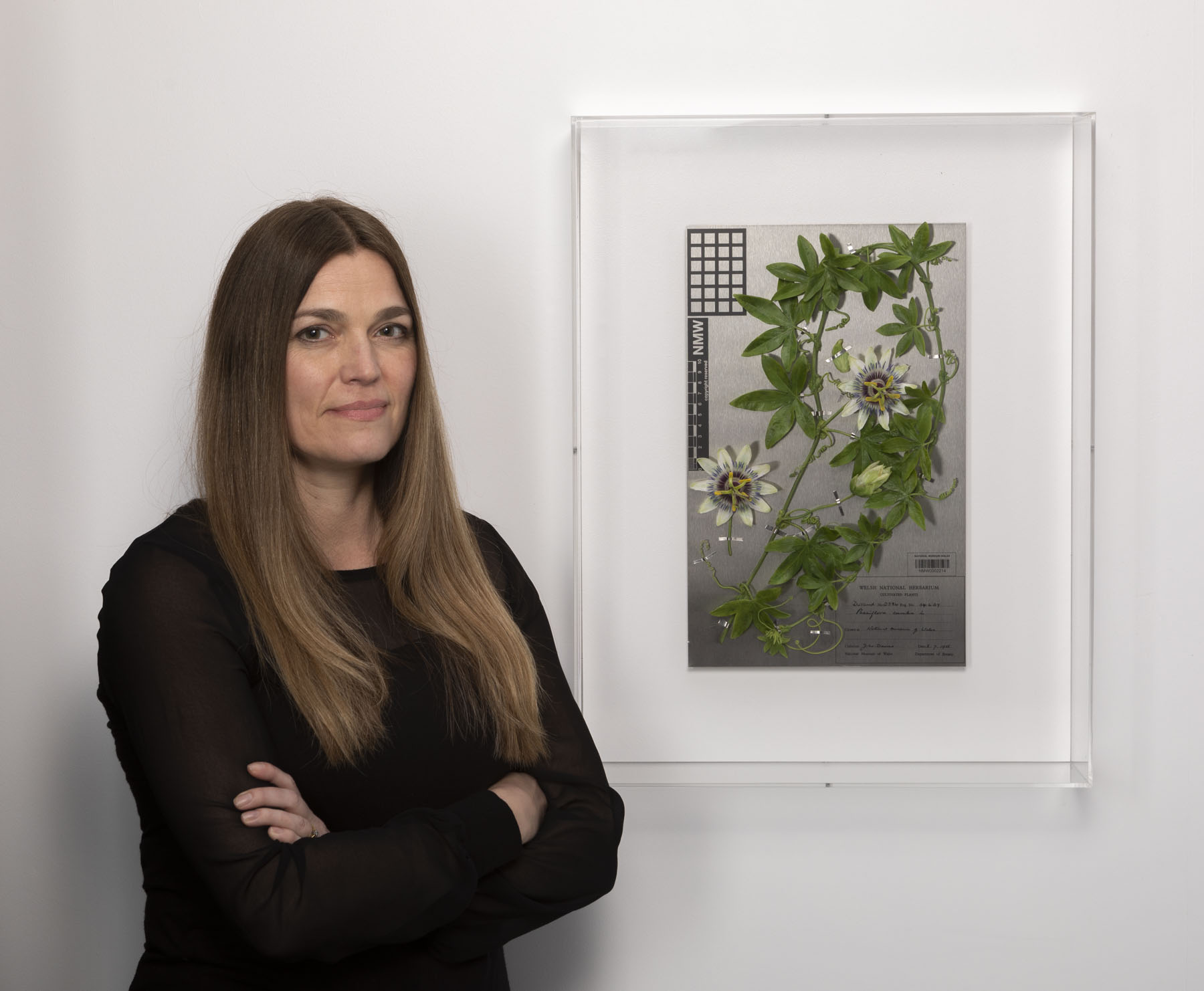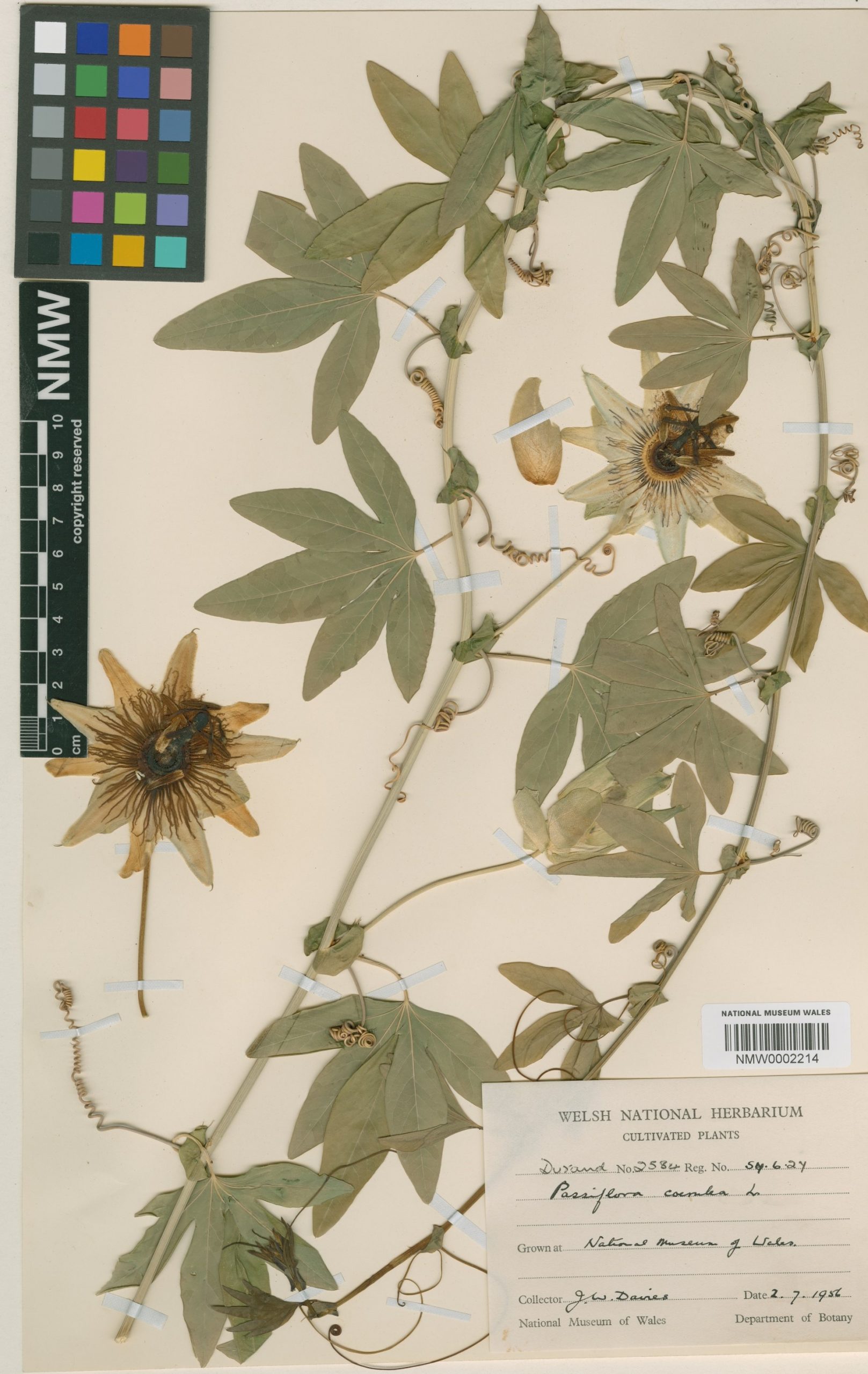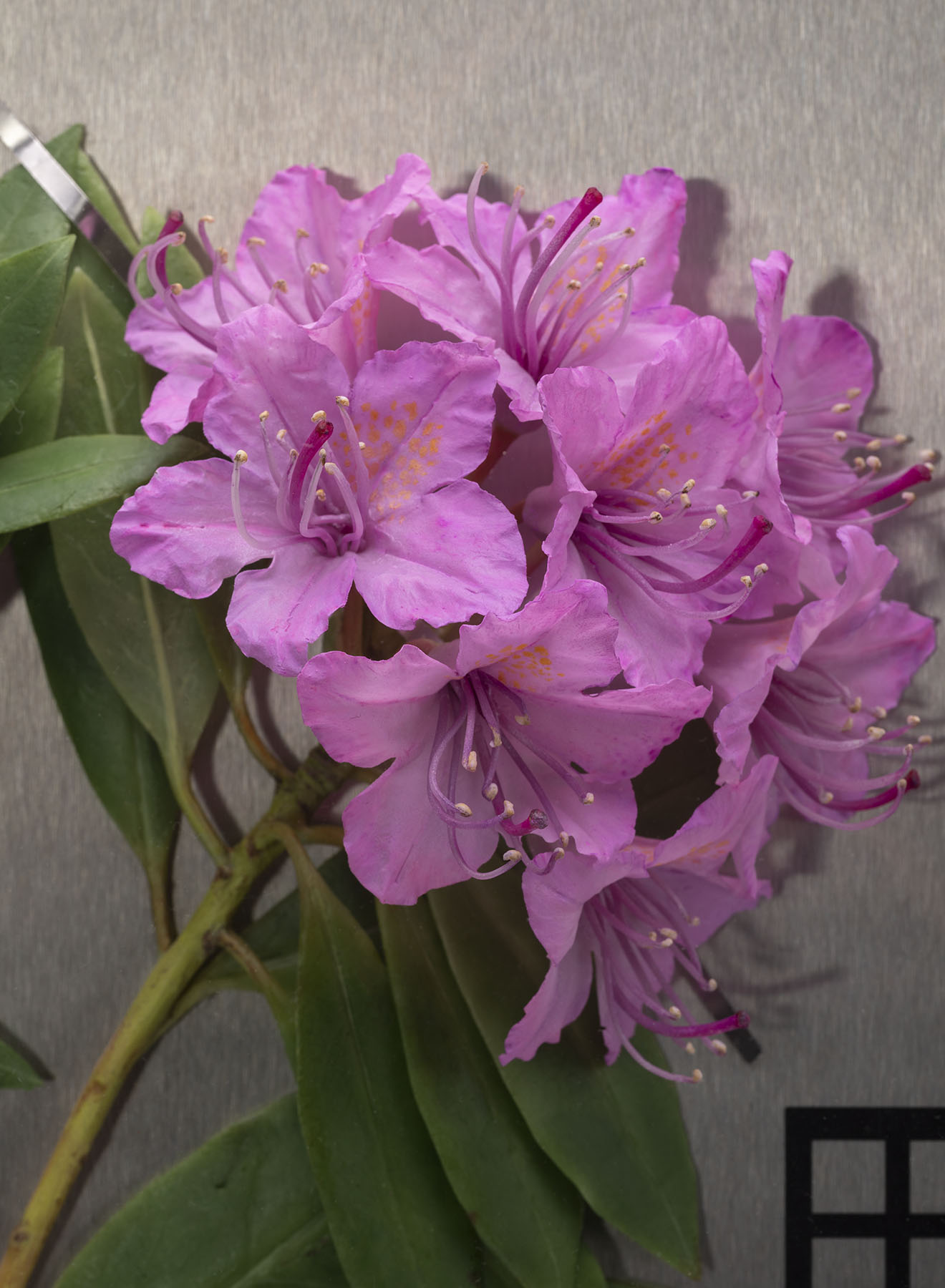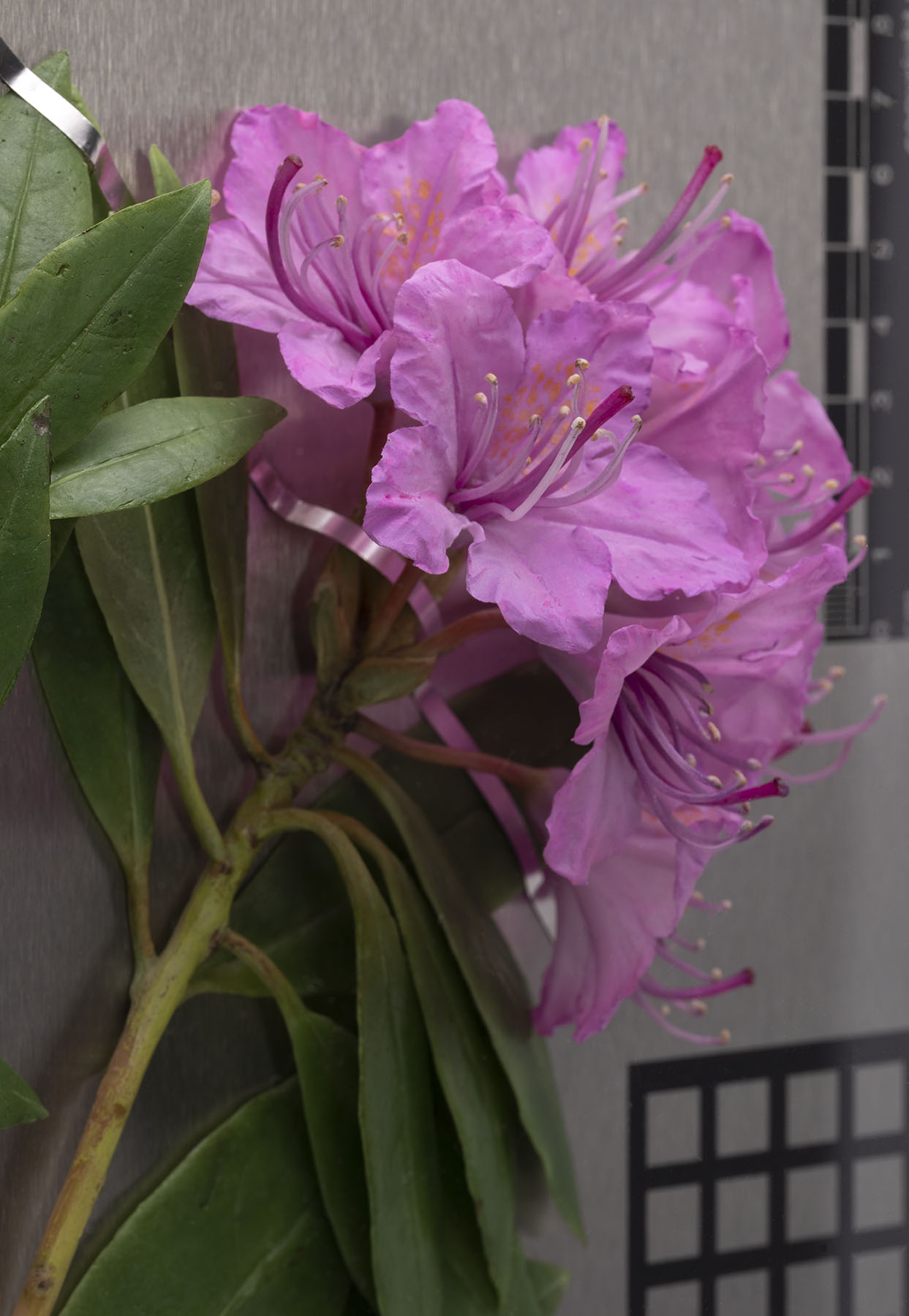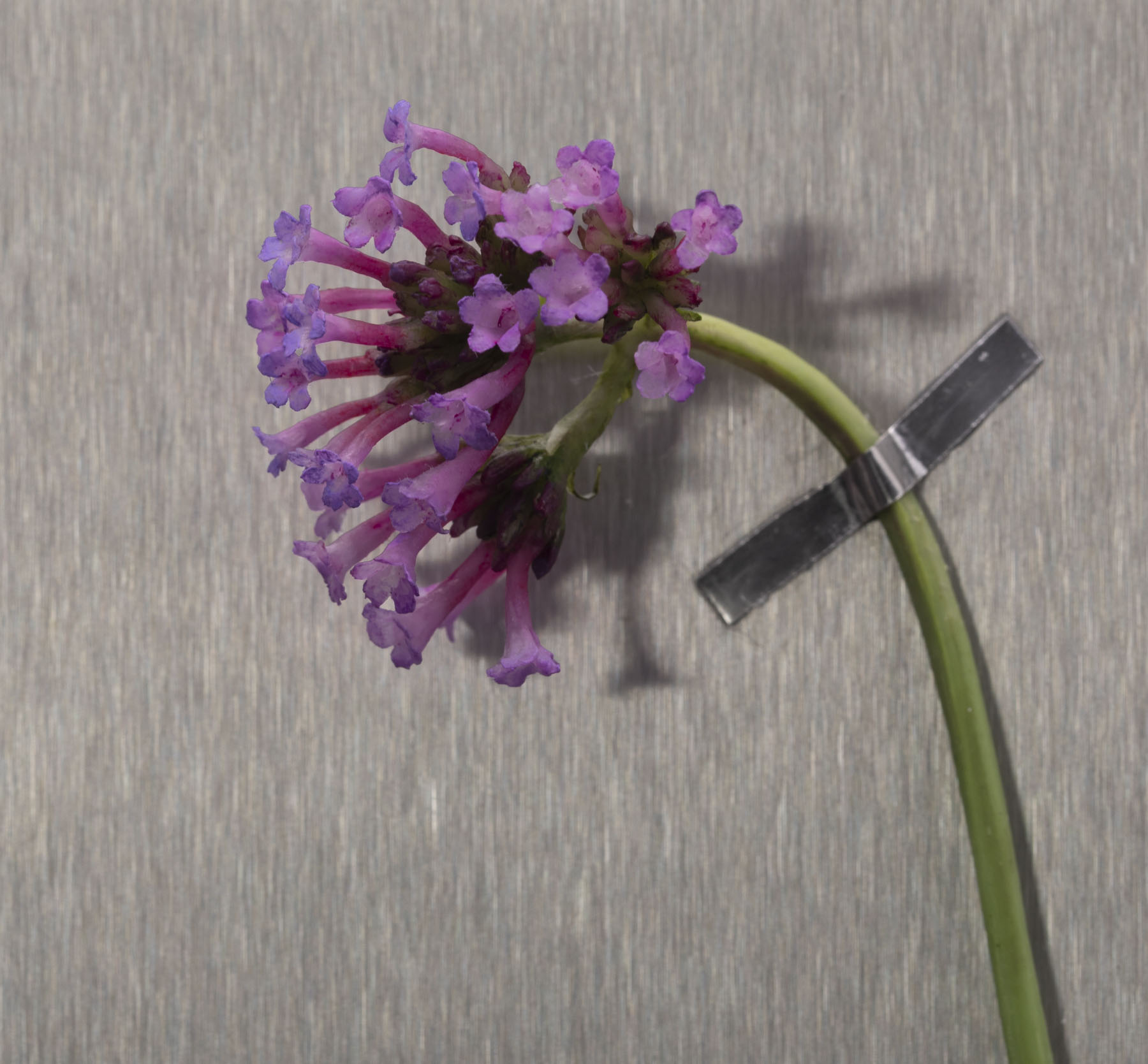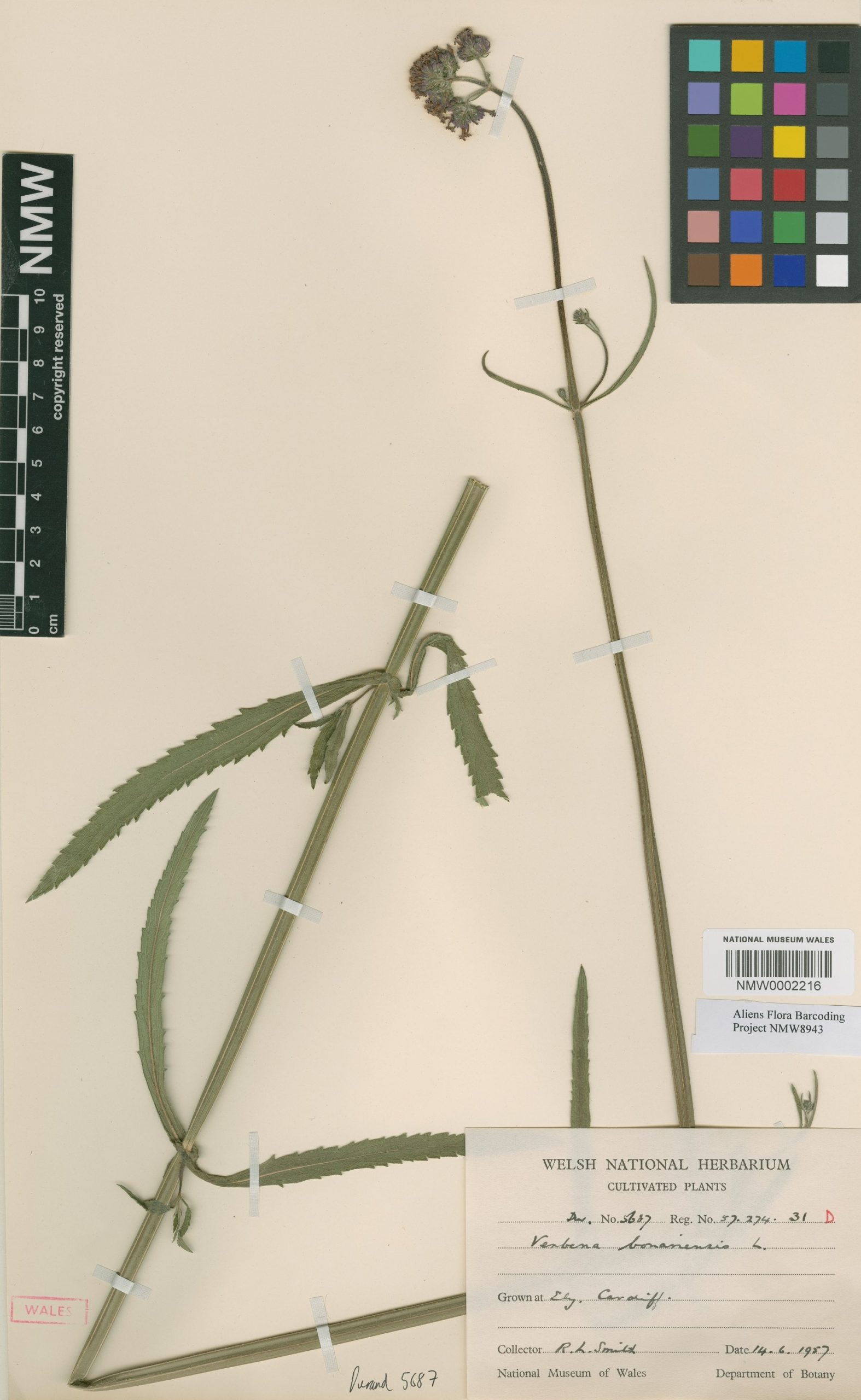‘Aliens’ Series
Materials: Beeswax and mixed media
For Collect 2022 Townsend collaborated with Sally Whyman, the curator of vascular plants at the Welsh National Herbarium, National Museum Cardiff.
In the Aliens series, Townsend and Whyman brought to life the historic scientific work and personal stories of several Botanists, whose pressed collections of alien plants that are non-native and introduced by man, are represented in the Welsh National Herbarium.
Although all seven of the Amgueddfa Cymru, National Museum Wales public galleries had reopened, the science research collections behind the scenes at National Museum Cardiff remain closed to visitors due to ongoing covid restrictions. Therefore, the collaborative research was conducted via email and the plant specimens at the museum were digitally scanned allowing the artist remote access to the collections.
Using beeswax samples collected by Whyman from the beehives on the roof of the museum, Townsend created three-dimensional lifelike representations of the flat pressed specimens, with the innovative use of historical wax botanical sculpting techniques. The beeswax plants were then mounted on custom-made stainless steel plates with stainless steel strips and epoxy printed collector data labels, to represent the original herbarium sheets, in a juxtaposition of historic and modern materials and techniques.
The Aliens series is an exploration of the ways we can bring historic collections to life for a modern audience via digital access, research, the sharing of expert knowledge, storytelling, material experimentation and the collaboration of Science and Art.
The Aliens series was represented by Ruup & Form in ‘Memories Live Here’ at Collect, International Art Fair for Contemporary Craft and Design 2022, Somerset House, London. Aliens 1956 and Aliens 1992 were selected by director Cynthia Corbett and curator Daisy McMullan for display in The Young Masters Autumn Exhibition 2022, South Kensington, London.
Aliens 1956
Based on the digitally scanned image of a passion flower (Passiflora caerulea), specimen from the Welsh National Herbarium, collected in the glasshouse at Amgueddfa Cymru, National Museum Wales by Departmental Attendant, J. W. Davies in 1956. P. caerulea is a perennial climber native to South America which has been deliberately introduced to other parts of the world as an attractive cultivated garden plant with its uniquely constructed flowers. This climber with tendrils is often planted by walls and fences where it persists even when neglected.
Materials – Beeswax collected from the beehives on the roof of National Museum Cardiff, artists’ beeswax, paraffin wax, tinned copper wire, tissue paper, cotton thread, artists’ pigments, acrylic paint, acrylic varnish. Mounted on a stainless steel plate with stainless steel strips.
Dimensions – 26cm x 41.5cm
Date – 2021
Aliens 1992
Based on the digitally scanned image of a common rhododendron (Rhododendron ponticum) specimen from the Welsh National Herbarium, collected in Margam Country Park by Botanical Photographer, Peter Russell and Senior Curatorial Assistant, Anthony D. Tipper in 1992. R. ponticum is native to countries in the western and eastern Mediterranean such as Spain, Portugal and Turkey and also occurs eastwards through Asia into China. It was first introduced to Britain as an ornamental shrub in 1763 and became especially popular on country estates in Victorian times. R. ponticum produces suckers from its root and an abundance of seeds, enabling it to out compete native plants. It is now listed as an invasive species under schedule 9 of the Wildlife and Countryside Act 1981.
Materials – Beeswax collected from the beehives on the roof of National Museum Cardiff, artists’ beeswax, paraffin wax, tinned copper wire, tissue paper, cotton thread, artists’ pigments, acrylic paint, acrylic varnish. Mounted on a stainless steel plate with stainless steel strips.
Dimensions – 26cm x 41.5cm
Date – 2021
Aliens 1957
Based on the digitally scanned image of an Argentine vervain (Verbena bonariensis) specimen from the Welsh National Herbarium, collected in Ely, Cardiff by plant enthusiast, Royston Leslie Smith in 1957. Smith was interested in recording plants that had hitchhiked their way into Wales via ships and many of the specimens in his collection were found near to Cardiff, Newport and Barry docks, growing as a result of dumped ballast or as contaminants of raw wool imports. Native to South America, V. bonariensis is a popular garden plant growing to 1.5 metres tall with purple flowers which butterflies love.
Materials – Beeswax collected from the beehives on the roof of National Museum Cardiff, artists’ beeswax, paraffin wax, tinned copper wire, tissue paper, cotton thread, artists’ pigments, acrylic paint, acrylic varnish. Mounted on a stainless steel plate with stainless steel strips.
Dimensions – 26cm x 41.5cm
Date – 2021


